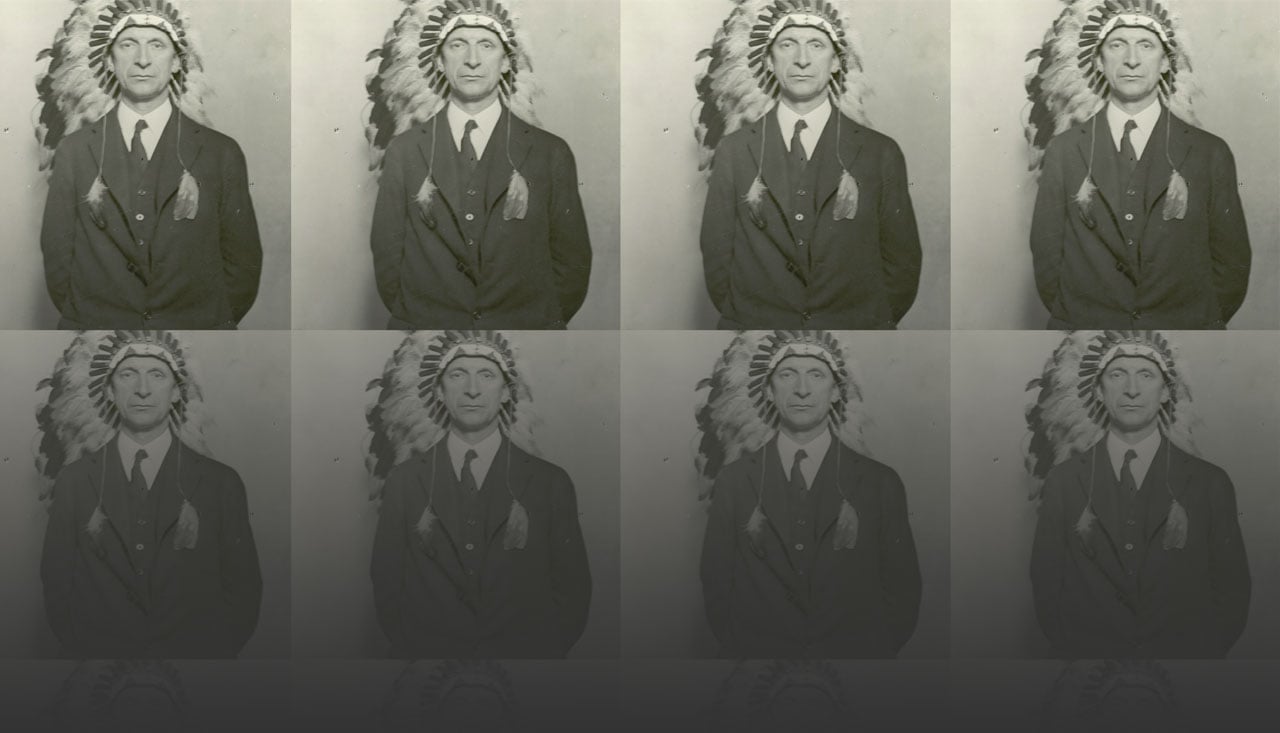Features
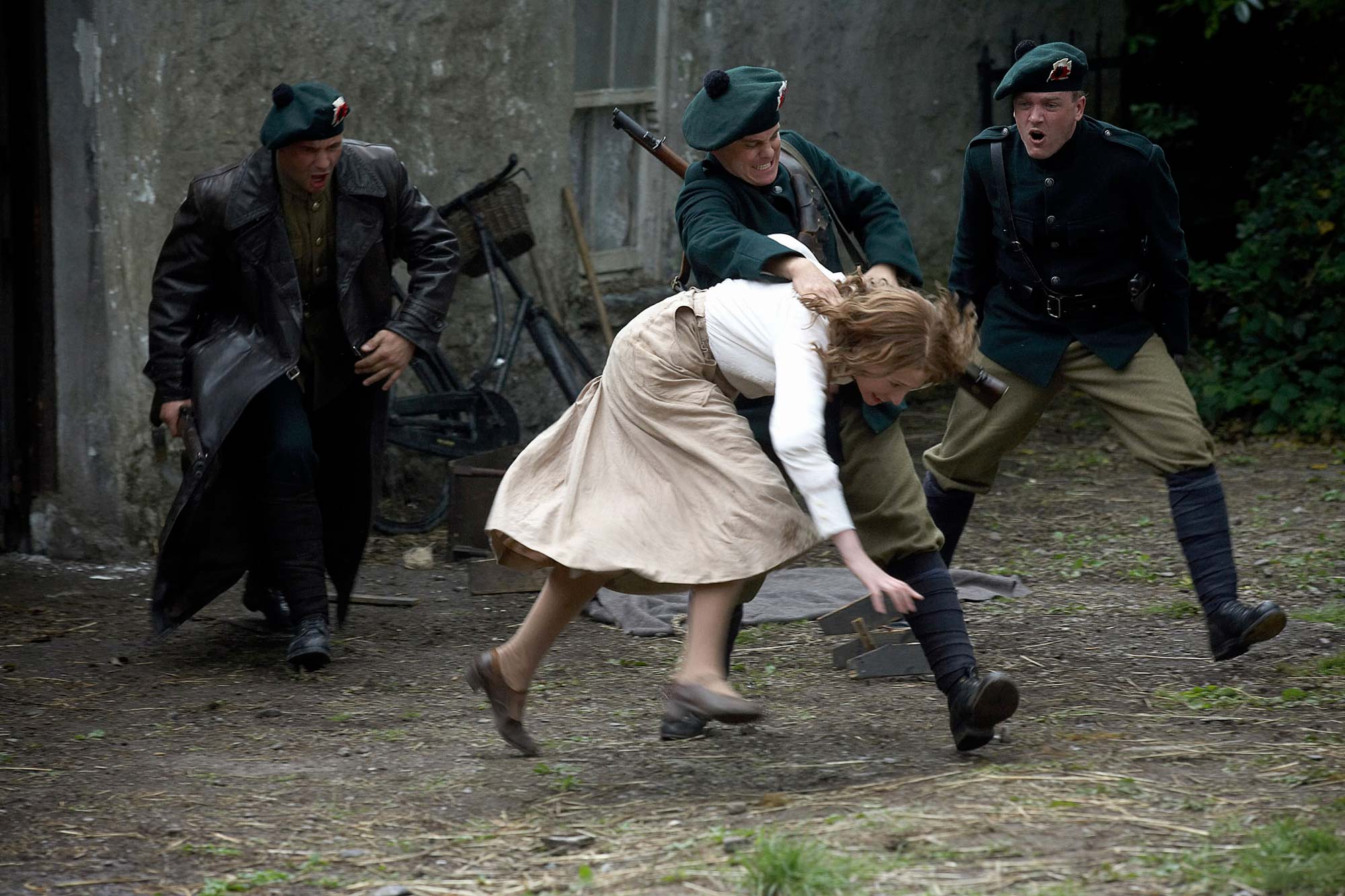
Understanding violence against women in the Irish Revolution – a global context
In 2013, the Irish State launched a decade of remembering the turning points in a “revolution” that led to the foundation of the Irish State and partition of the island, a century ago. At certain junctures, the outcome has been largely consensual, such as during the commemoration of the...
READ THIS FEATURE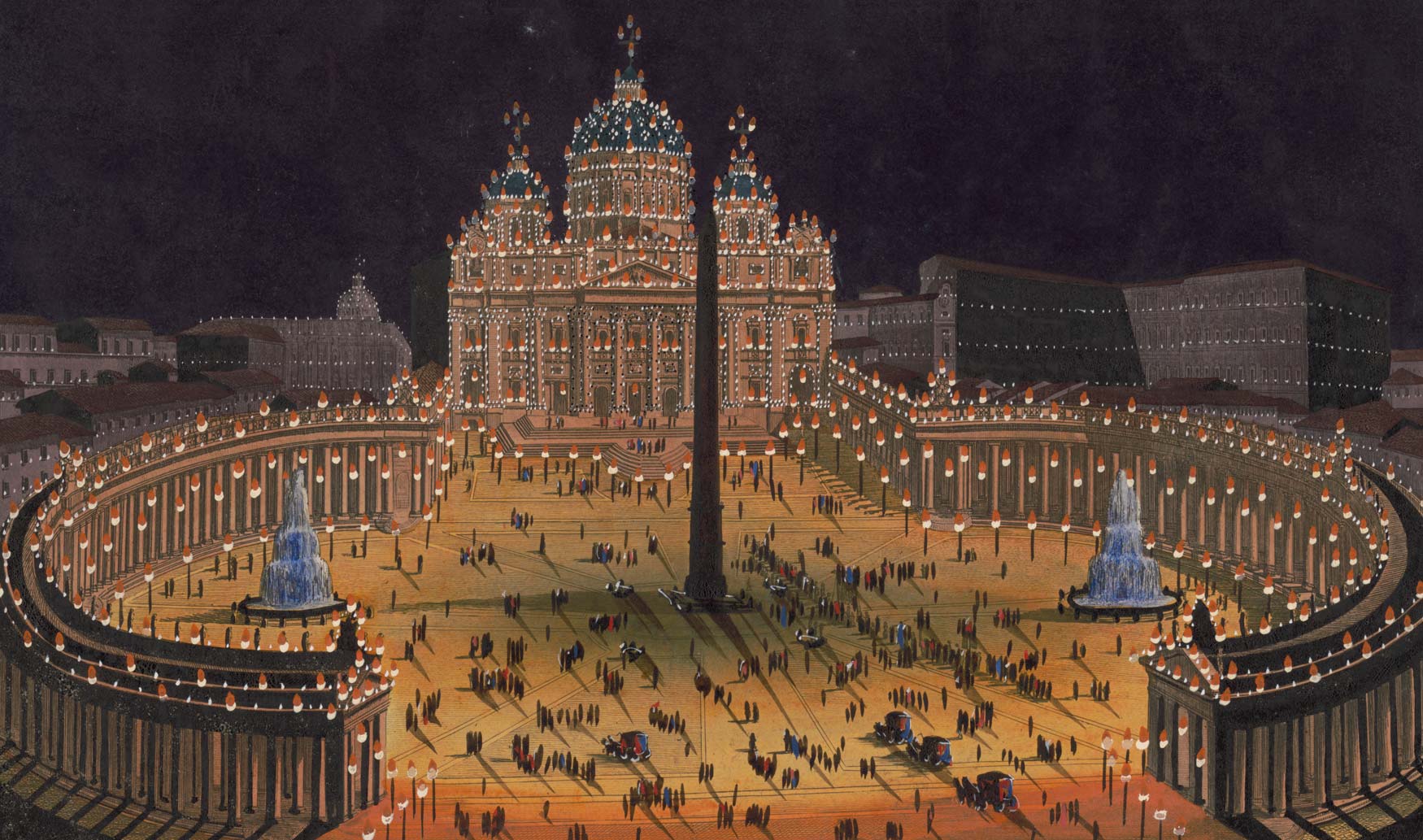
The Vatican and the Irish revolution, 1914-1923
Despite its transnationality, the Catholic Church was not a worldwide monolithic bloc and the Vatican would bitterly experience this during the First World War (1914-1918) and its aftermath. These events also formed backdrop to the Irish revolution (1912-1923), in which the papacy of Benedict XV would become seriously embroiled. Relations...
READ THIS FEATURE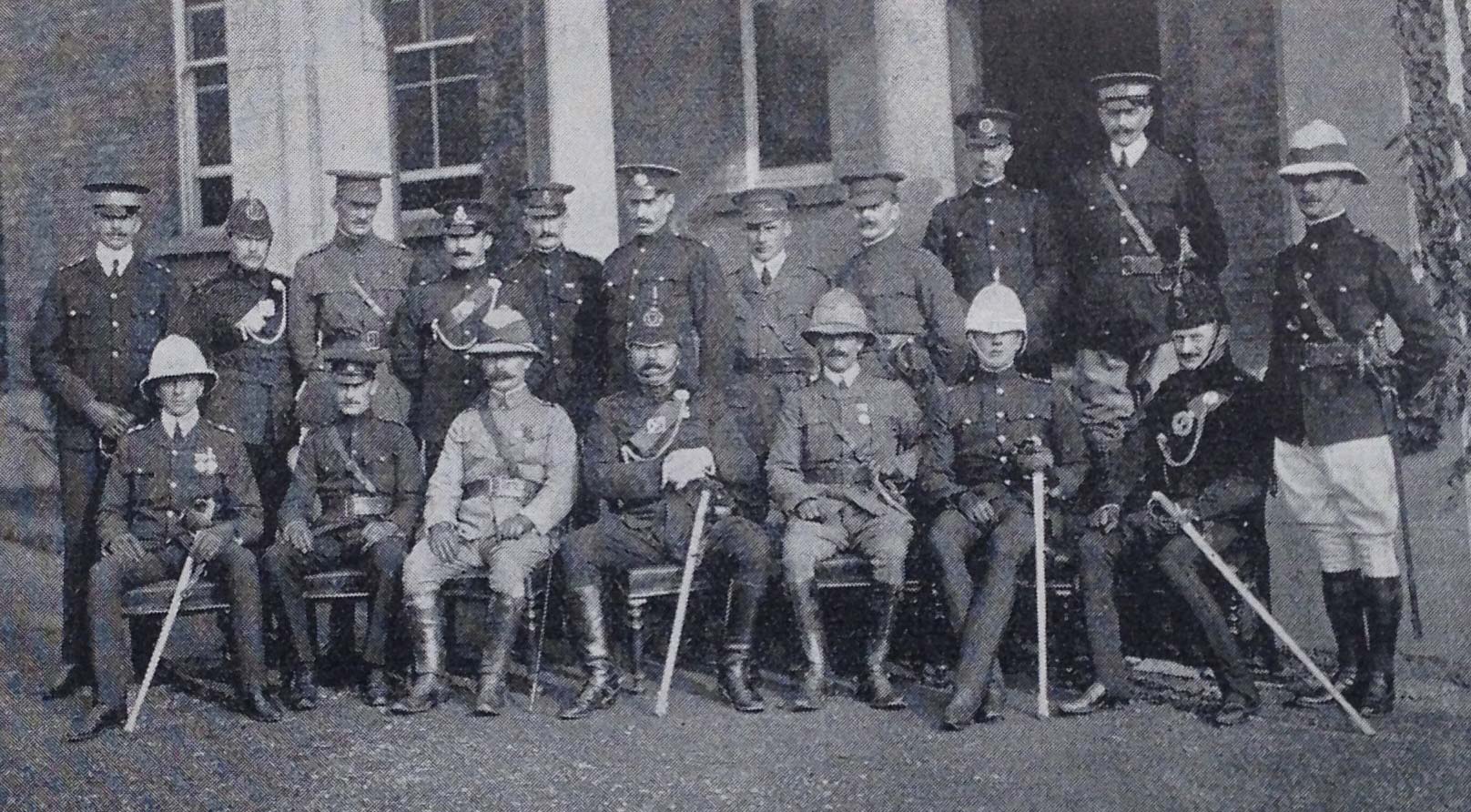
The Royal Irish Constabulary and Colonial Policing: Lessons and Legacies
On 27 August 1920, the RIC’s in-house propaganda freesheet, the Weekly Summary, warned that the newly-recruited Black and Tans (who had been arriving in Ireland since January) would make the country ‘an appropriate hell for those whose trade is agitation and whose method is murder’, and the orgy...
READ THIS FEATURE
De Valera's Rhetoric in the American South
“From the Potomac to the Gulf, huge crowds have been fired with enthusiasm for the New Ireland by the stirring appeals of the soldier statesman. His audiences have not been composed, as in other parts of the country, largely of men and women intensely conscious of Irish descent. But...
READ THIS FEATURE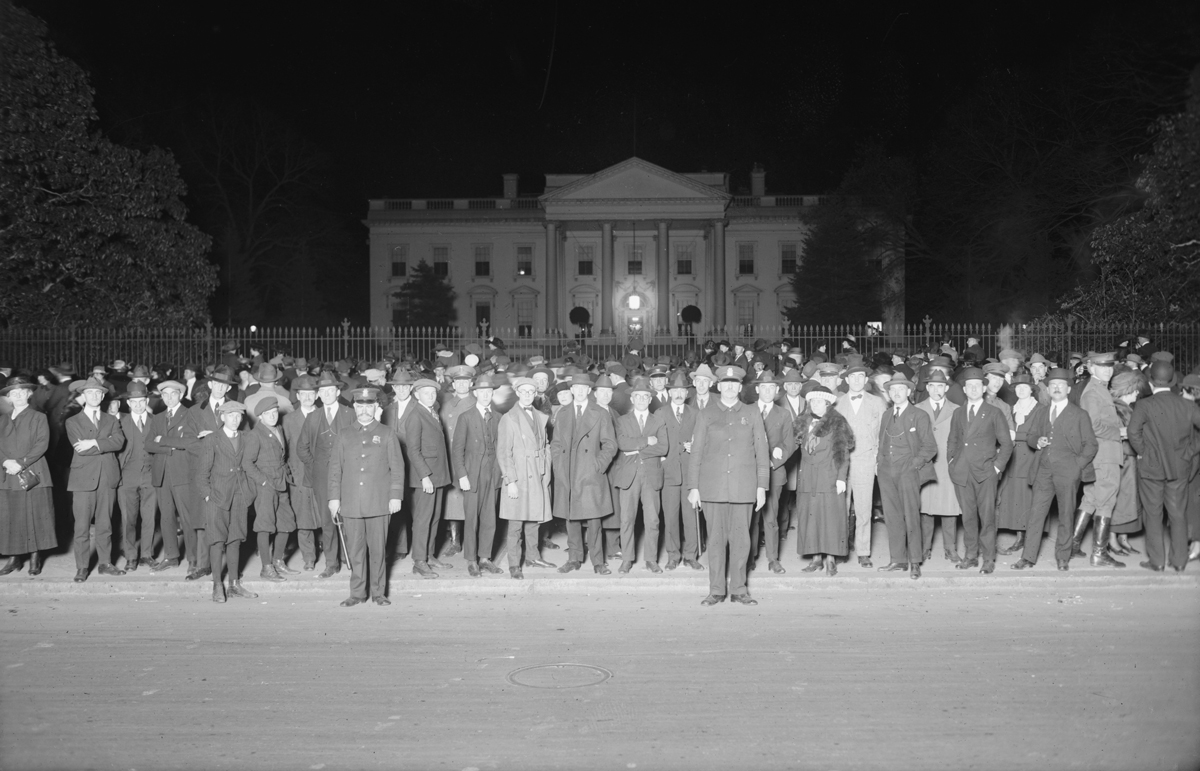
Éamon de Valera and the 1920 American presidential campaign
Éamon de Valera, president of Dáil Eireann, was in the US from June 1919 to December 1920 to secure financial support for and diplomatic recognition of the new Irish republic. By March 1920, the Irish American republican movement had split over control of funds, fund-raising, strategy and personality differences between...
READ THIS FEATURE
Patriotic women and the emotional politics of empire: Ireland and Australia, 1916-1920
At the end of the nineteenth and beginning of the twentieth centuries, nationalist aspirations reshaped relations between many of the different entities making up the British empire. This recasting of relations spurred a variety of emotional responses. For example, since it morphed from a set of colonies into a modern...
READ THIS FEATURE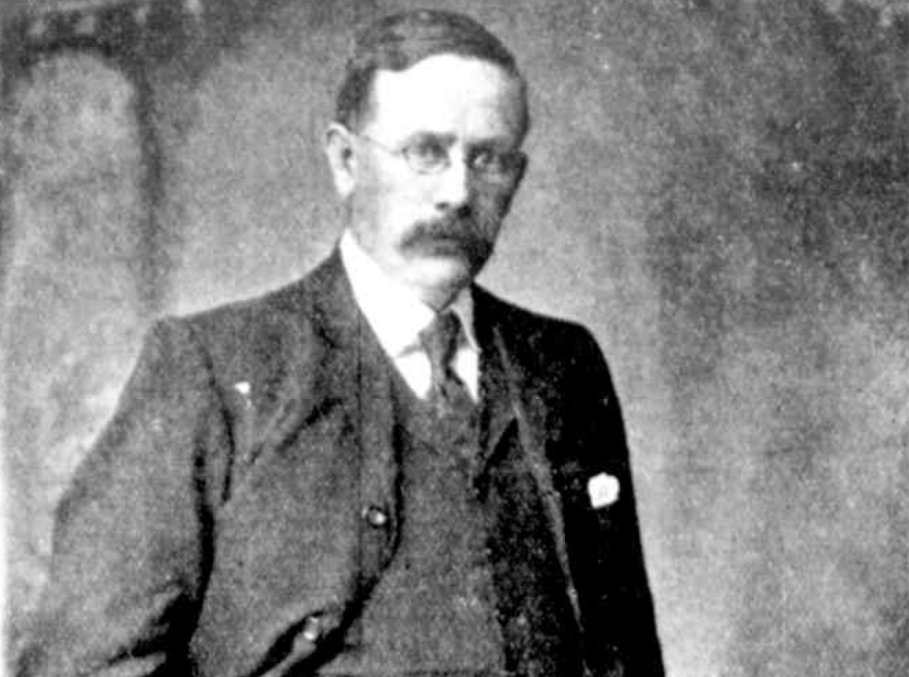
Global Lives: Hugh Mahon
On 25 October 1920 Terence MacSwiney, the Sinn Féin mayor of Cork, died in Brixton prison after 74 days on hunger strike. A fortnight later 12,000 miles away in Melbourne, Australia, Irish-born Hugh Mahon, a member of the Australian parliament, addressed a public meeting called to protest MacSwiney’s death. In...
READ THIS FEATURE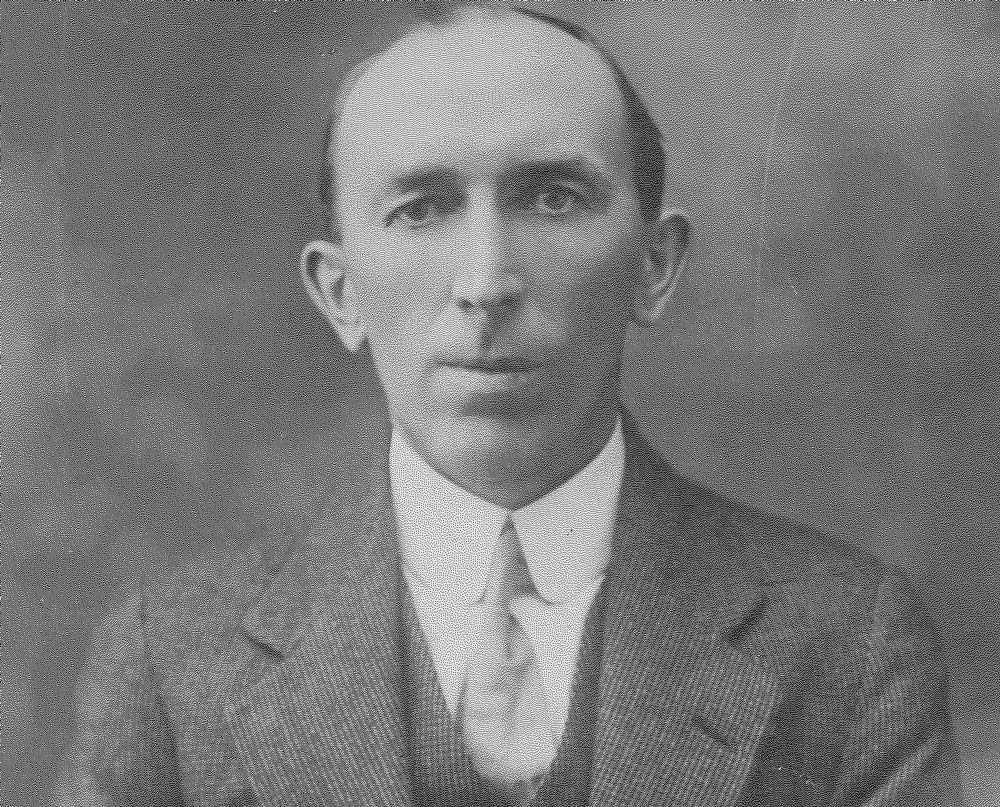
Global Lives: Tom Glynn
Galway-born Tom Glynn was a prominent labour activist, ideologue and journalist in South Africa and Australia, initially advocating an American variant of syndicalism and, for a time, Soviet communism. He is best remembered as one of the ‘Sydney Twelve’, imprisoned in 1916 for their pugnacious part in Australia&rsquo...
READ THIS FEATURE
Circulating Sydney - Propaganda & the Self-Determination League for Ireland of Australia, 1921-22
In studies of the global Irish revolution, the establishment of a series of Self-Determination for Ireland Leagues in the dominions of the British Empire has largely been overlooked. These transnational organisations successfully rallied solidarity, raised finances and applied political pressure across the Imperial world to assist in the campaign for...
READ THIS FEATURE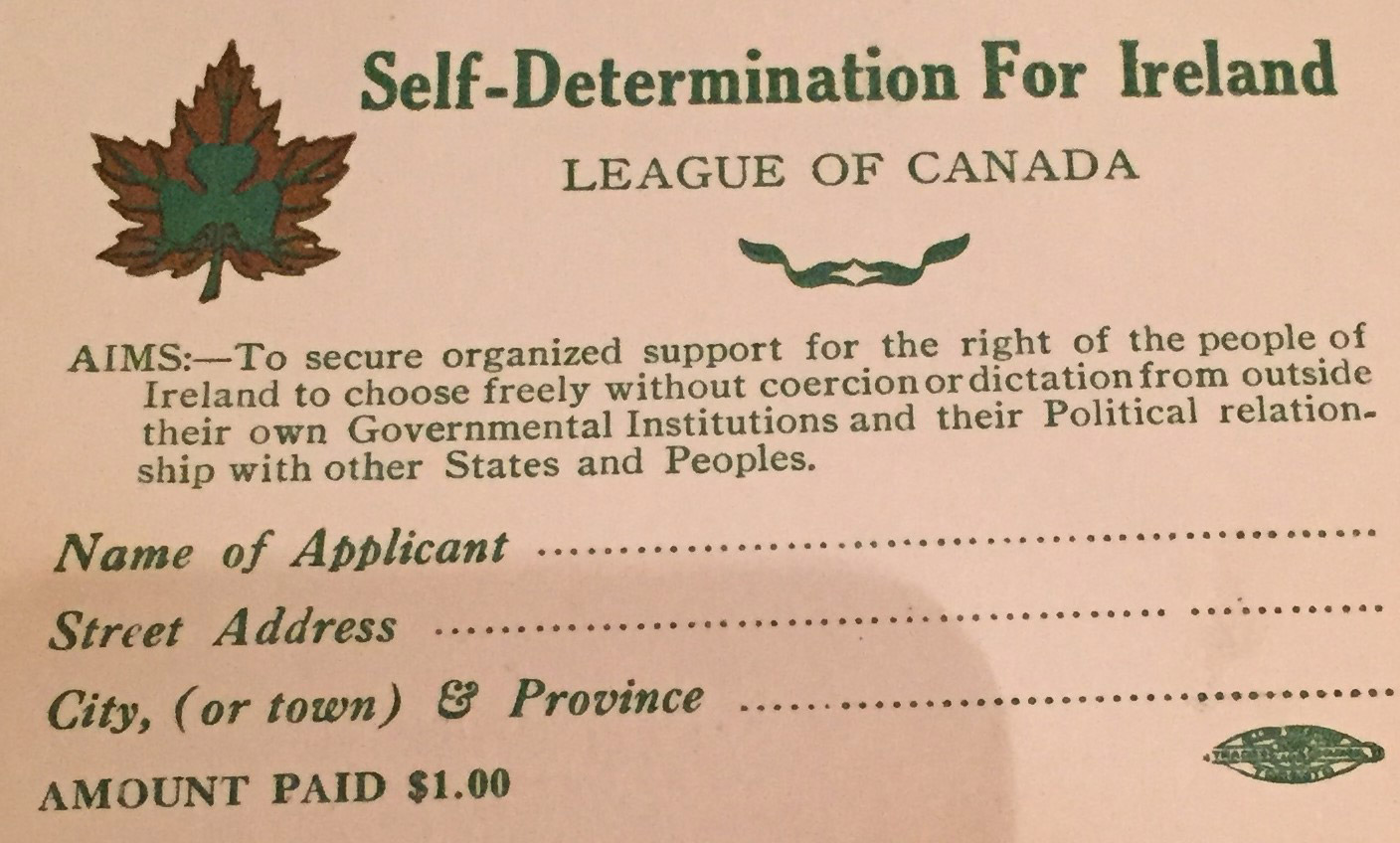
The Self-Determination for Ireland League of Canada and Newfoundland
Between 1920 and 1922, a formidable network of Irish nationalists emerged in British North America: the Self-Determination for Ireland League of Canada and Newfoundland (SDIL). Thousands of men and women joined its branches from the Atlantic to the Pacific, while thousands more attended the League’s meetings, lectures, rallies, and other...
READ THIS FEATURE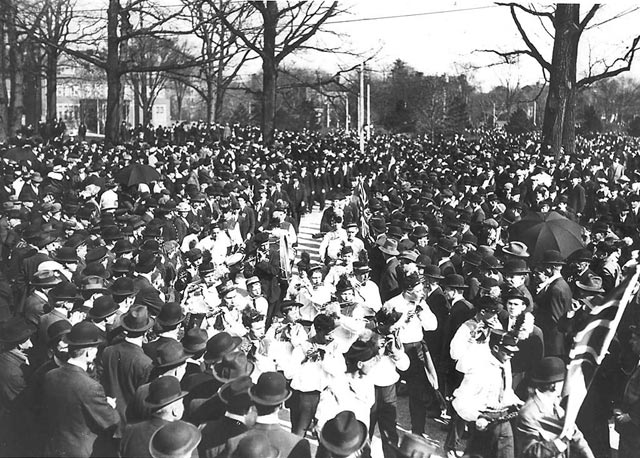
Protestant unionist masculinities & the Orange Order in Canada
From its beginnings in Ireland in 1795, the Orange Order centred its beliefs on the supremacy of the Protestant faith and the righteousness of the British Crown. The fraternal society spread throughout the English-speaking world in the 19th century; its success hinged on its position as an organised brotherhood, social club,...
READ THIS FEATURE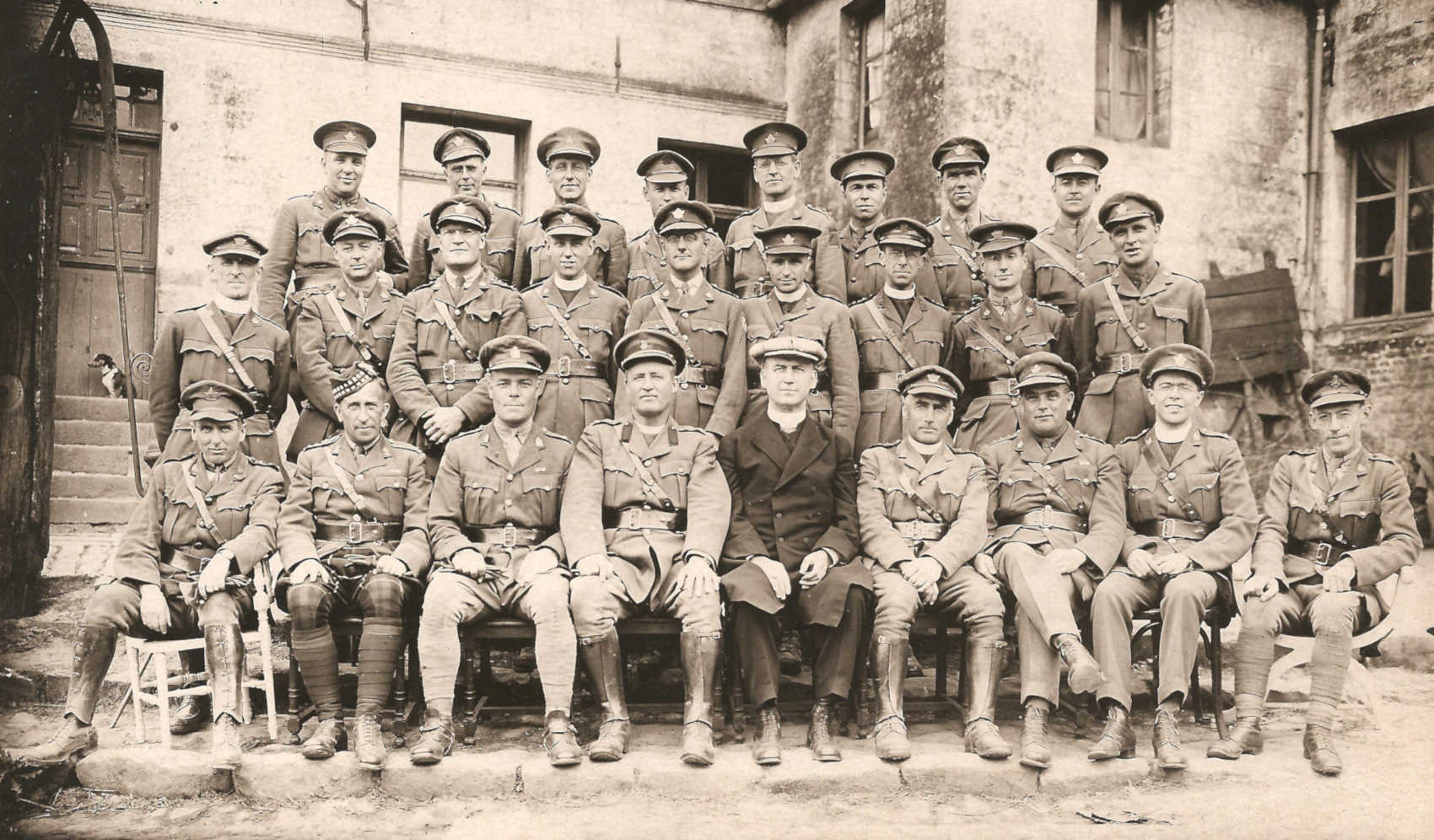
Canada’s Irish Catholics, the Great War, and the Irish Question
It is difficult to pin down a singular position by Irish Canadian Catholics in their response to events unfolding in Ireland between 1912 and1922. Irish Catholic Canadian views were often subject to their time of Irish migration (mostly pre-Famine), their obedience to clergy and bishops, and the region of Canada in...
READ THIS FEATURE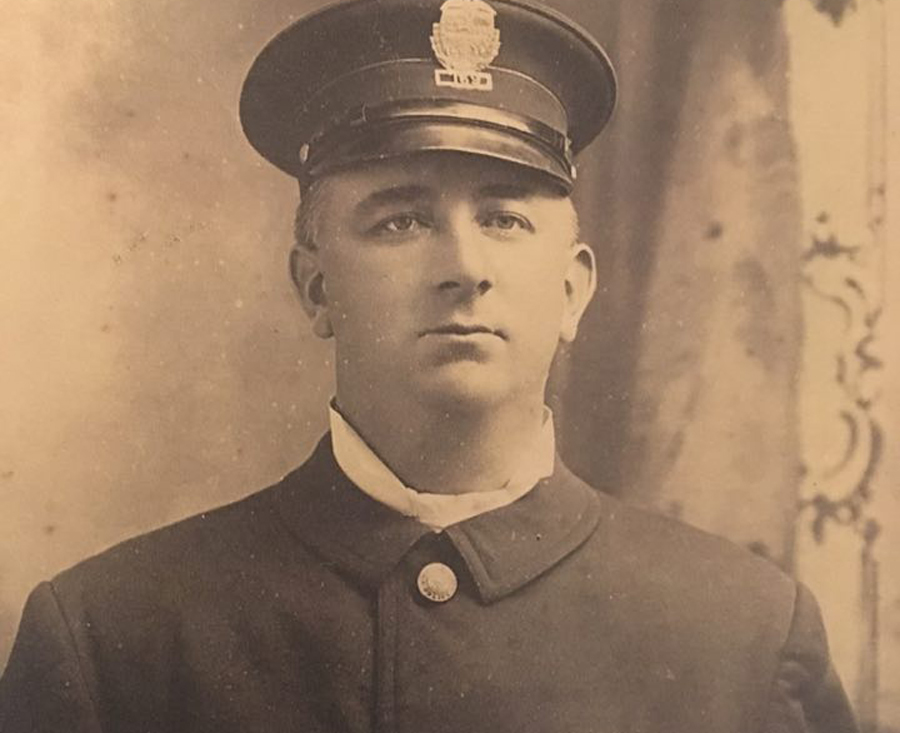
Global Lives: Daniel McAuliffe
On 3 January 1920, Éamon de Valera arrived in the city of Hartford, Connecticut, to a raucous reception from over 3,000 supporters. In many ways, Hartford is emblematic of the strength of diasporic engagement with the revolution in Ireland. The surplus of factories and mills that sprang up along the Connecticut River...
READ THIS FEATURE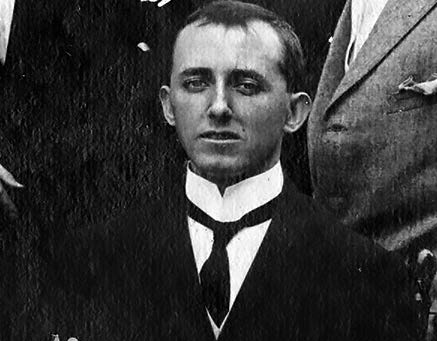
Global Lives: Dr William J. Maloney
In Dr William J. M. A. Maloney’s own words, he was ‘a nobody in the Irish movement’, but for a nobody the ‘Doc’ proved to be one of the more complex characters of the Irish Revolution. He was beloved by Dr Patrick McCartan and...
READ THIS FEATURE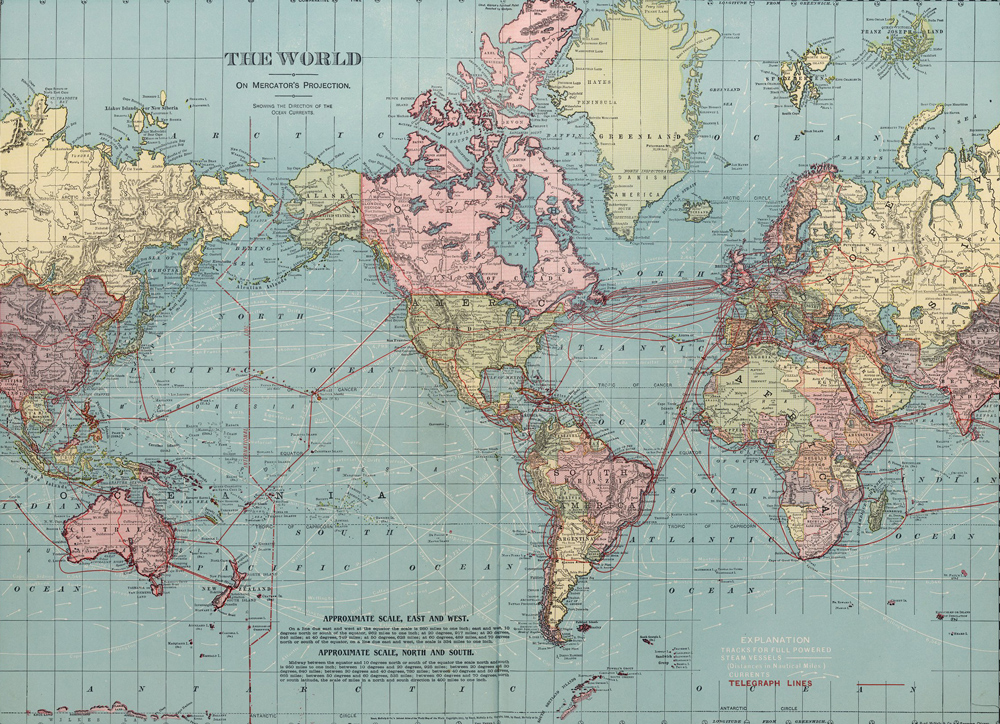
Introducing the Global Irish Revolution
To what extent do revolutionary developments outside Ireland shape what happens in Ireland? And in what ways do events in Ireland during the revolutionary period impact beyond Irish shores – what influence do they have, for instance, upon the large Irish diaspora population and amongst other national groups? These are...
READ THIS FEATURE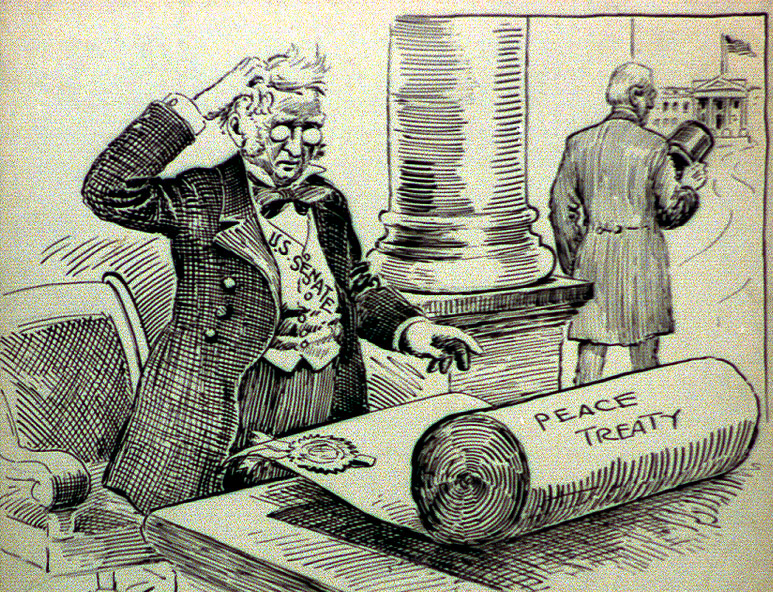
American political culture, Ireland and the League of Nations
When the United States Senate failed to ratify the Treaty of Versailles on 19 November 1919, President Woodrow Wilson suffered much more than the defeat of a major policy initiative he was instrumental in formulating. The Senate vote, the first time a peace treaty was ever rejected and primarily a consequence of...
READ THIS FEATURE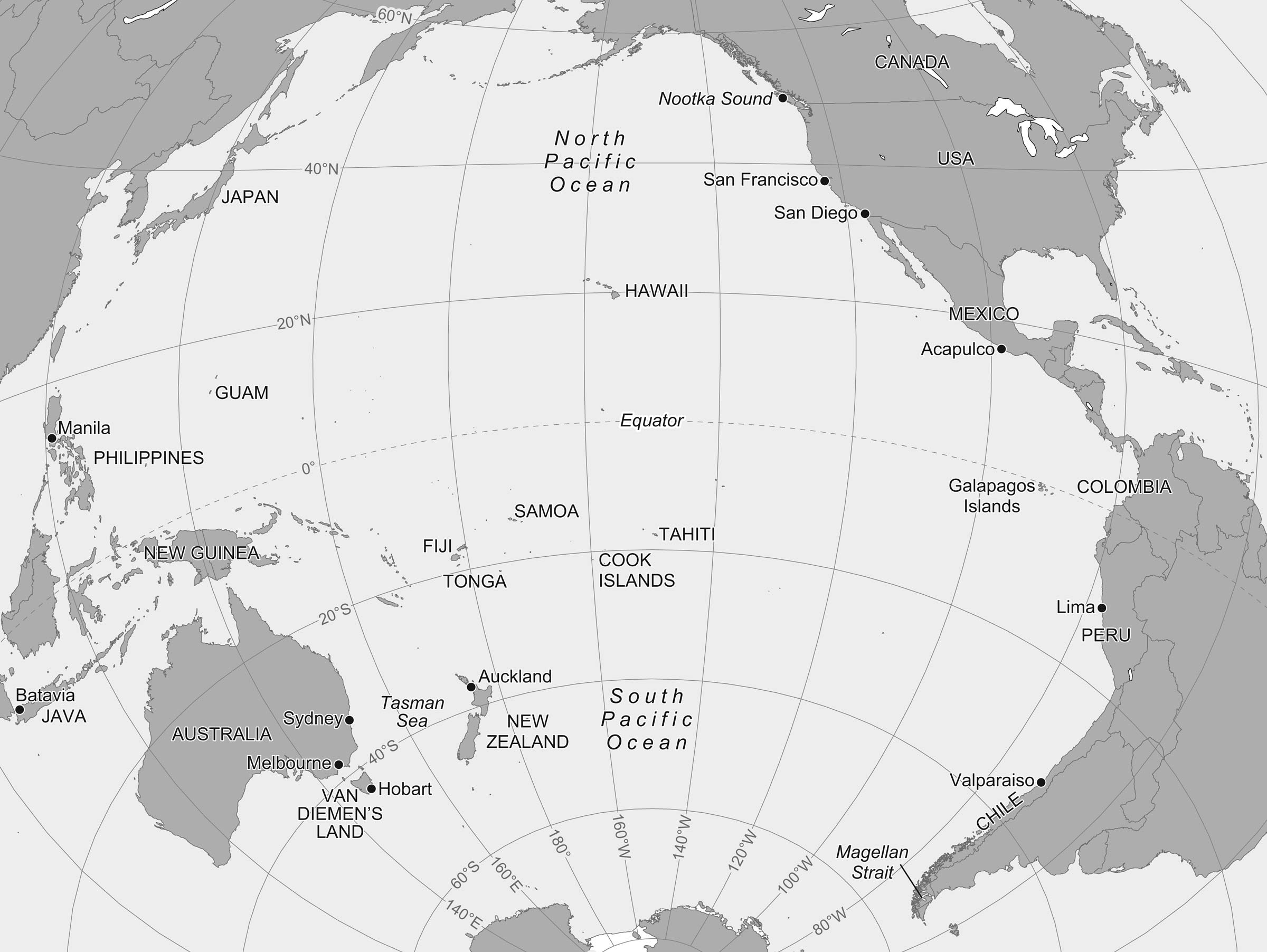
Ireland’s Pacific World 1916–1923
Political developments in Ireland during the period from 1916 to 1923 produced seismic tremors across the Pacific World. Most Irish communities in this oceanic space, an area extending from the West Coast of the Americas to Australasia, had shown long commitment to the Irish Parliamentary Party and the Home Rule cause. Consequently,...
READ THIS FEATURE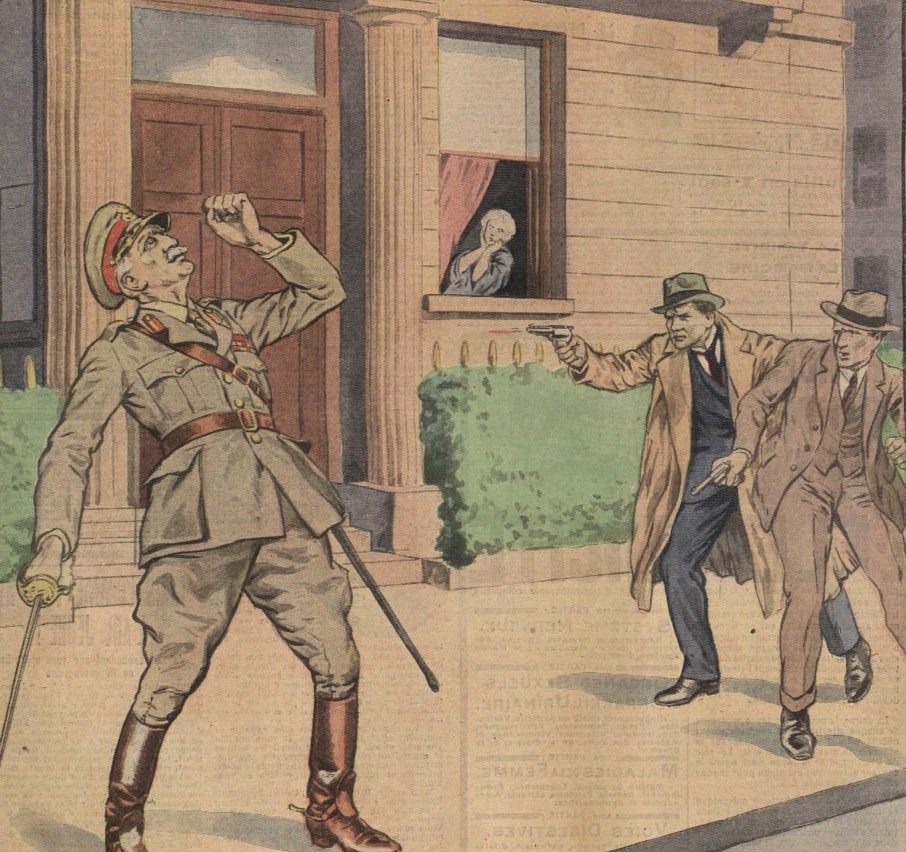
Ireland and the assassination culture of imperial Britain
In 1909, the then Liberal Prime Minister, Herbert Asquith, laid out what became, for the next seven decades, the British imperial state’s standard response to assassination conspiracies. He observed that ‘character and methods’ of such conspiracies were ‘happily confined to a small number of people’....
READ THIS FEATURE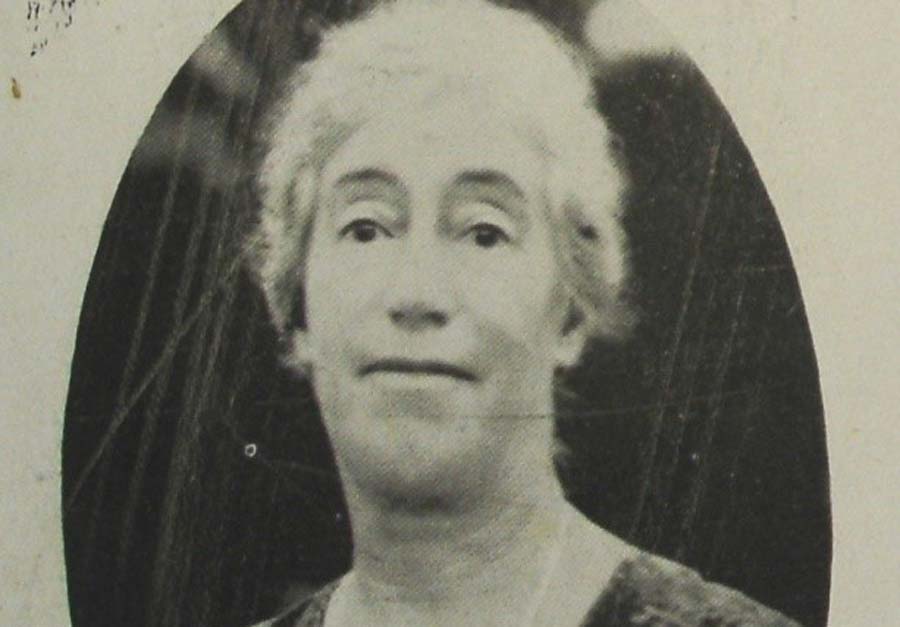
Global Lives: Margaret Cousins
Margaret Elizabeth Cousins (née Gretta Gillespie; 1878-1954) was born in Boyle, Co. Roscommon in western Ireland. She was a prominent leader of the Irish women’s suffrage movement in Ireland, along with Hanna Sheehy-Skeffington. Margaret felt that she was born a natural equalitarian and rebelled against any...
READ THIS FEATURE
Democratic revolution in Ireland & the interwar world
In the summer of 1923, an English young writer called Graham Greene visited Dublin on his first reporting trip abroad and was impressed by the city’s tolerance of poverty and neglect. The houses were ‘dilapidated’, the roads ‘unswept’. Grafton Street and Sackville Street ‘would...
READ THIS FEATURE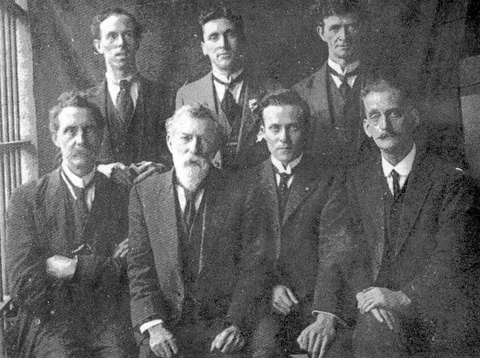
Revolutionary Ireland & empire loyalty in Irish-Australia 1916-1921
World War One presented unparalleled challenges in relation to Australia’s membership of Britain’s Empire. The demand for troops, for unprecedented funds and wartime legislation, the issues resulting from doomed military campaigns, and from events elsewhere in the Empire, all had consequences involving imperial loyalty. In 1916, events...
READ THIS FEATURE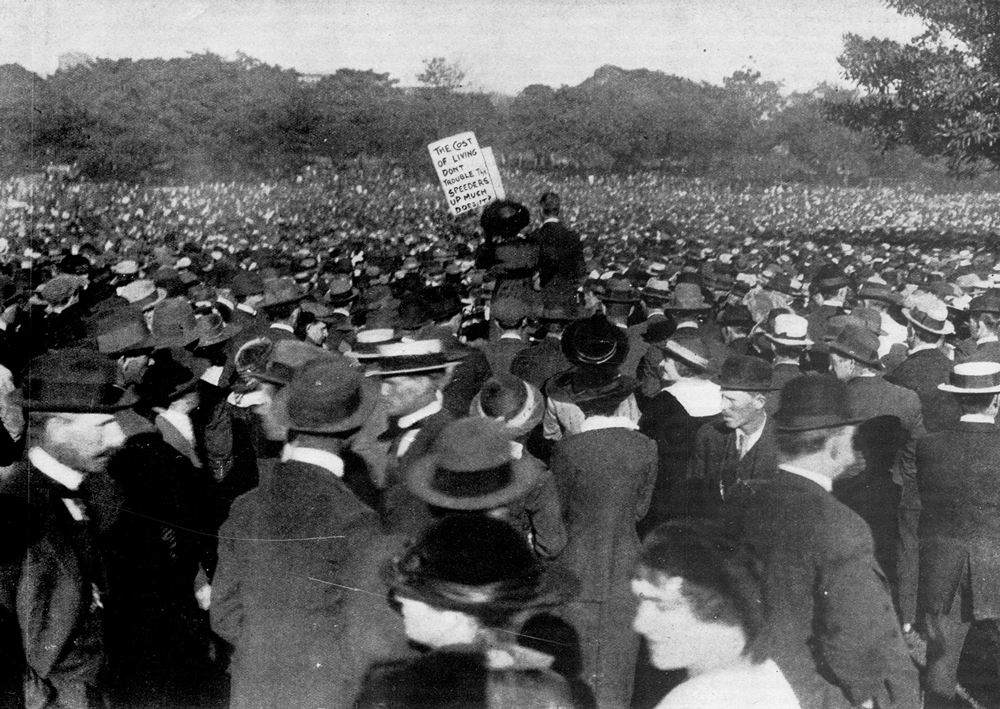
Labour Radicalism & Irish Revolution in Australia
In October 1920, two political radicals who rose to prominence out of the Australian anti-conscription movement attended the mass funeral of the late Terence MacSwiney in London. At the helm of the cortège was the well-known Daniel Mannix, Melbourne’s firebrand Catholic Archbishop who delivered the last sacraments...
READ THIS FEATURE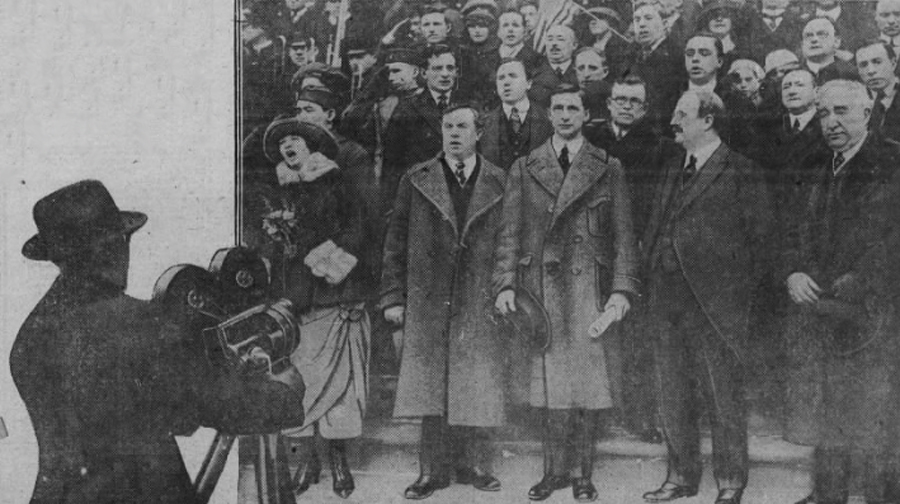
A New York state of mind: Éamon de Valera in Ireland’s global city
‘It is a privileged honor, personal as well as official, to greet most cordially in the person of Éamon de Valera, the President of the Irish Republic. I do so officially as Chief Executive of the City of New York…[which calls] on me as Mayor to...
READ THIS FEATURE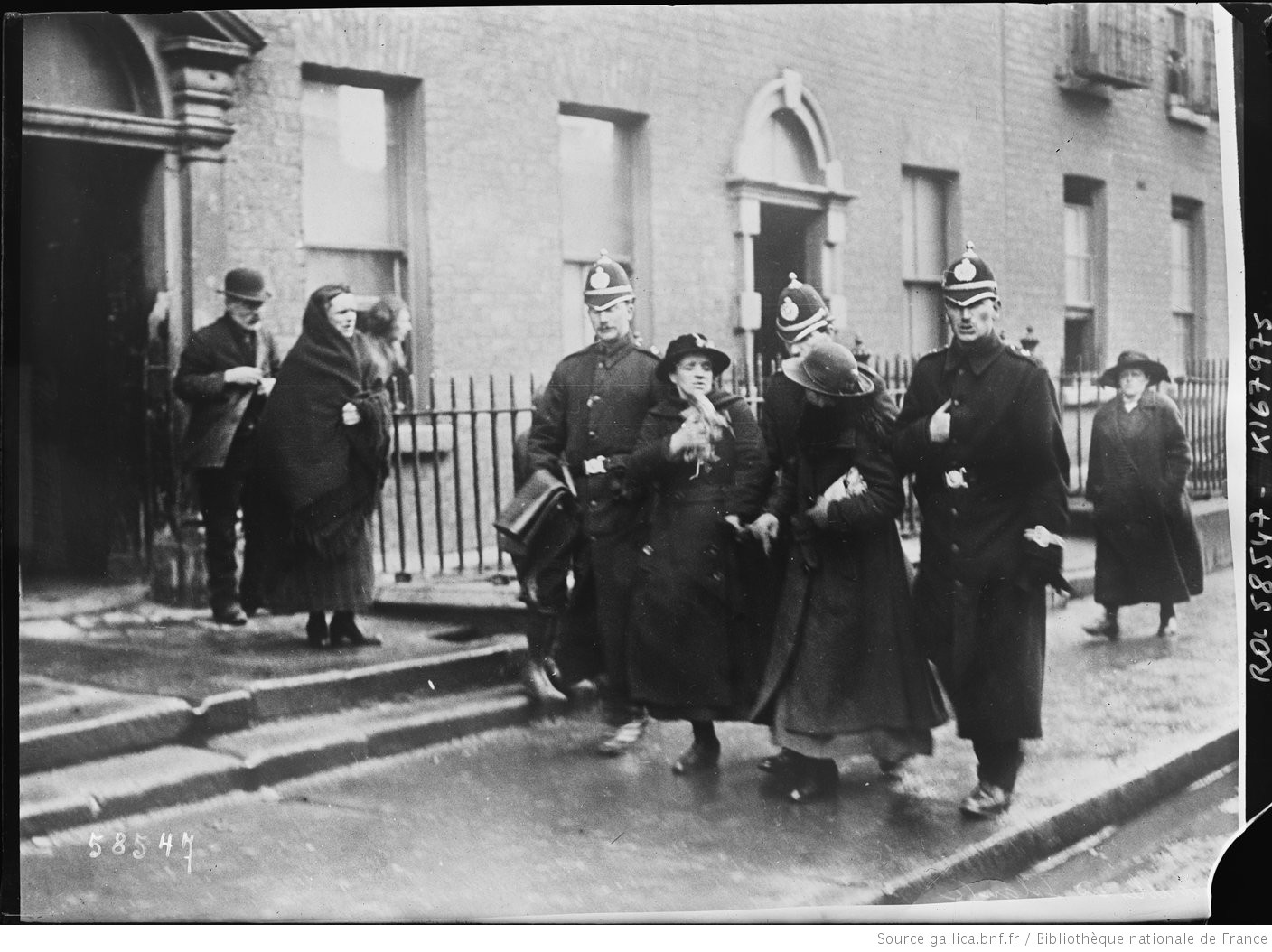
The Dublin Metropolitan Police & the colonial legacies of Irish policing
The Irish Revolution (1916 -1923) precipitated the emigration of many members of the Dublin Metropolitan Police and the Royal Irish Constabulary, which benefitted police forces of the newly federated Australian states. Across the Empire, the colonial police had a complex role in controlling crime, through prevention and detection within metropolitan areas...
READ THIS FEATURE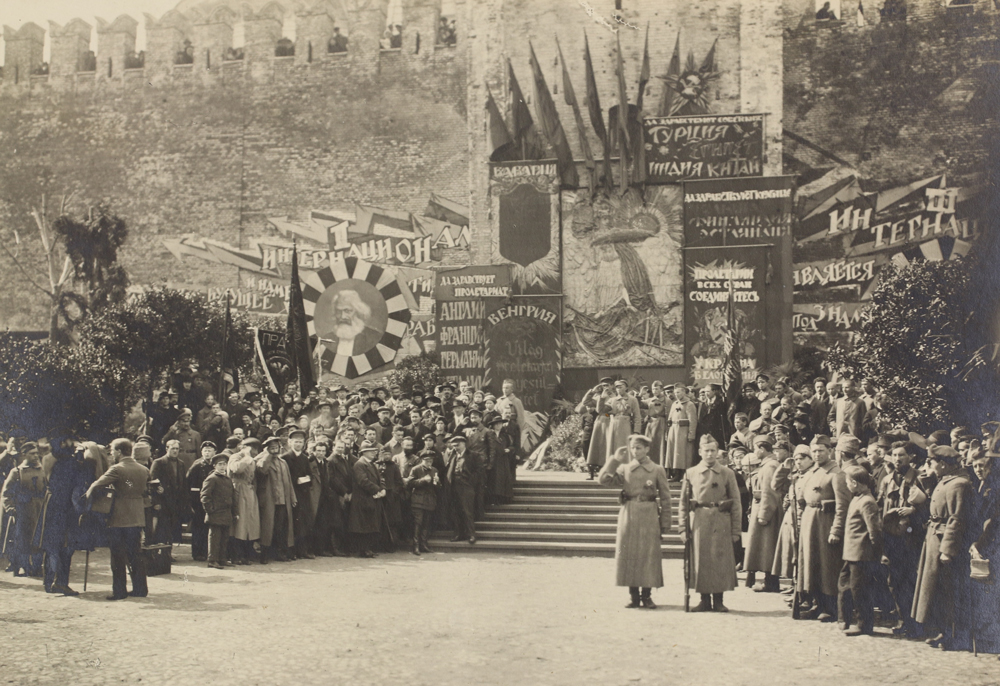
Ireland’s Comintern Generation
In March 1919, the Third International, more commonly known as the Communist International or Comintern, was founded in Moscow. An organisation dedicated to directing the activities of communists across the world, the Comintern’s ambition was nothing less than the revolutionary transformation of the globe. ‘A new era in...
READ THIS FEATURE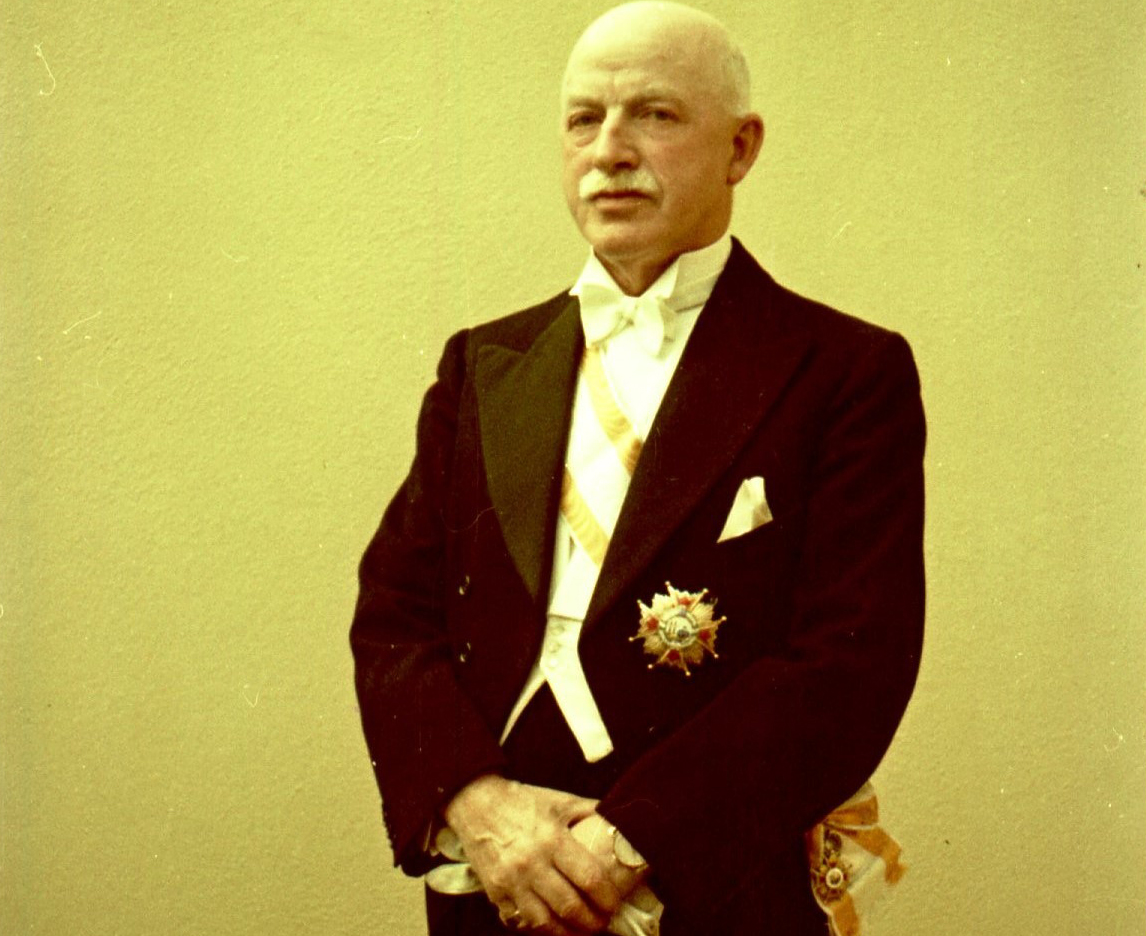
Global Lives: Leopold Kerney
The importance of Leopold Kerney has only recently begun to be appreciated by historians of the revolutionary period, who realise that the real genesis of Irish foreign policy was forged and created by the first generation of Irish diplomats, who, with scant resources and no staffing, forged links between Ireland...
READ THIS FEATURE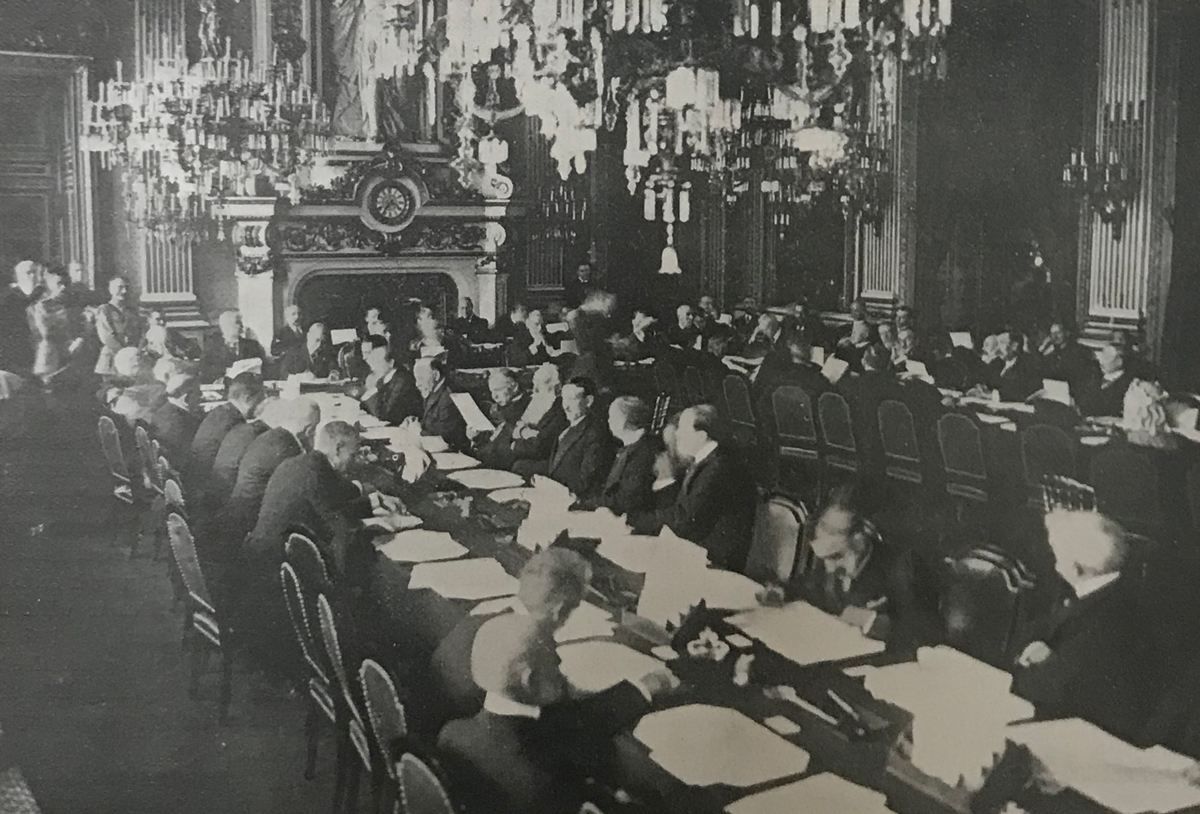
Explainer: The Paris Peace Conference
What was the Paris Peace Conference? The Paris Peace Conference (also the Versailles Peace Conference) was an international summit of world leaders, convened on 18 January 1919, by the victorious Allied powers (France, Italy, United Kingdom, United States), to bring an end to the First World War, and to lay the foundations...
READ THIS FEATURE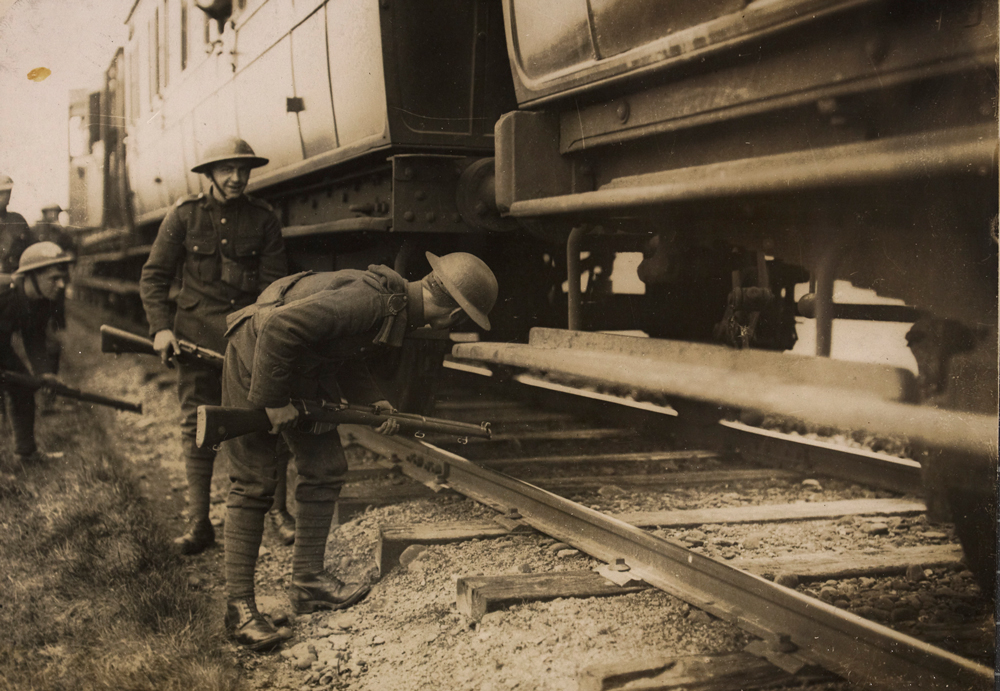
The First World War and the Irish Revolution in Dublin – linked ‘Great Wars’
That Soloheadbeg and Dáil Éireann’s first meeting at the Mansion House took place on the same day, 21 January 1919, symbolised the fact that the coming revolution would have military and political dimensions. It is widely recognised that the politics of this new phase of the revolution...
READ THIS FEATURE- Understanding violence against women in the Irish Revolution – a global context
- The Vatican and the Irish revolution, 1914-1923
- The Royal Irish Constabulary and Colonial Policing: Lessons and Legacies
- De Valera's Rhetoric in the American South
- Éamon de Valera and the 1920 American presidential campaign
- Patriotic women and the emotional politics of empire: Ireland and Australia, 1916-1920
- Global Lives: Hugh Mahon
- Global Lives: Tom Glynn
- Circulating Sydney - Propaganda & the Self-Determination League for Ireland of Australia, 1921-22
- The Self-Determination for Ireland League of Canada and Newfoundland
- Protestant unionist masculinities & the Orange Order in Canada
- Canada’s Irish Catholics, the Great War, and the Irish Question
- Global Lives: Daniel McAuliffe
- Global Lives: Dr William J. Maloney
- Introducing the Global Irish Revolution
- American political culture, Ireland and the League of Nations
- Ireland’s Pacific World 1916–1923
- Ireland and the assassination culture of imperial Britain
- Global Lives: Margaret Cousins
- Democratic revolution in Ireland & the interwar world
- Revolutionary Ireland & empire loyalty in Irish-Australia 1916-1921
- Labour Radicalism & Irish Revolution in Australia
- A New York state of mind: Éamon de Valera in Ireland’s global city
- The Dublin Metropolitan Police & the colonial legacies of Irish policing
- Ireland’s Comintern Generation
- Global Lives: Leopold Kerney
- Explainer: The Paris Peace Conference
- The First World War and the Irish Revolution in Dublin – linked ‘Great Wars’
- Understanding violence against women in the Irish Revolution – a global context
- The Vatican and the Irish revolution, 1914-1923
- The Royal Irish Constabulary and Colonial Policing: Lessons and Legacies
- De Valera's Rhetoric in the American South
- Éamon de Valera and the 1920 American presidential campaign
- Patriotic women and the emotional politics of empire: Ireland and Australia, 1916-1920
- Global Lives: Hugh Mahon
- Global Lives: Tom Glynn
- Circulating Sydney - Propaganda & the Self-Determination League for Ireland of Australia, 1921-22
- The Self-Determination for Ireland League of Canada and Newfoundland
- Protestant unionist masculinities & the Orange Order in Canada
- Canada’s Irish Catholics, the Great War, and the Irish Question
- Global Lives: Daniel McAuliffe
- Global Lives: Dr William J. Maloney
- Introducing the Global Irish Revolution
- American political culture, Ireland and the League of Nations
- Ireland’s Pacific World 1916–1923
- Ireland and the assassination culture of imperial Britain
- Global Lives: Margaret Cousins
- Democratic revolution in Ireland & the interwar world
- Revolutionary Ireland & empire loyalty in Irish-Australia 1916-1921
- Labour Radicalism & Irish Revolution in Australia
- A New York state of mind: Éamon de Valera in Ireland’s global city
- The Dublin Metropolitan Police & the colonial legacies of Irish policing
- Ireland’s Comintern Generation
- Global Lives: Leopold Kerney
- Explainer: The Paris Peace Conference
- The First World War and the Irish Revolution in Dublin – linked ‘Great Wars’
Century Ireland
The Century Ireland project is an online historical newspaper that tells the story of the events of Irish life a century ago.
